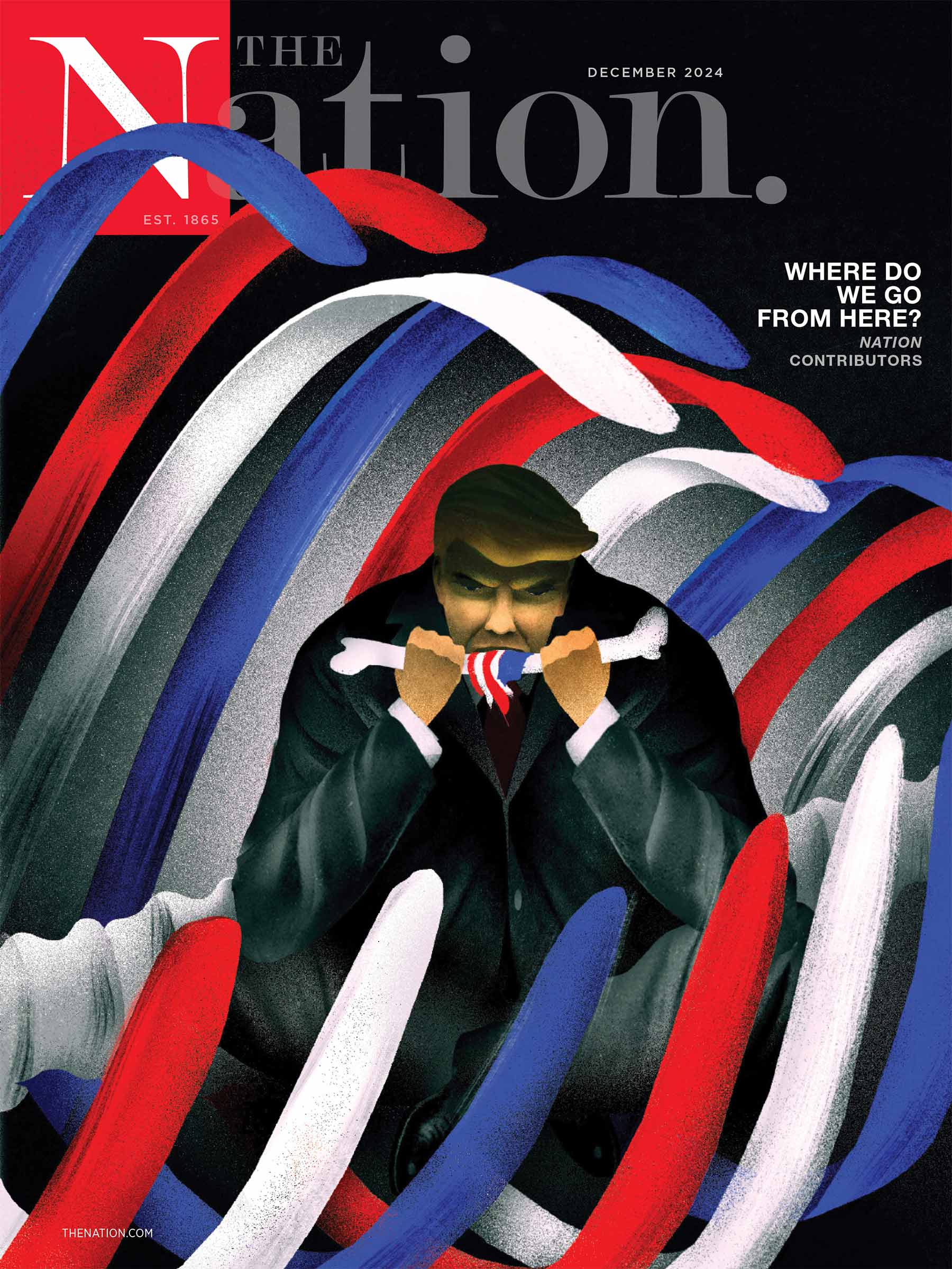LA’S EARLY MODERNS:
Art/Architecture/Photography.
By Victoria Dailey, Natalie Shrivers and Michael Dawson.
Introduction by William Deverell.
Balcony Press. 325 pp. Paper $34.95.
Since I’m from California, I sometimes dare to dispute the seemingly popular East Coast belief that my home state is a cultural wasteland. Just the other day I tried out on my co-worker a new fact I picked up in the Village Voice: “Did you hear that there are more New Yorker readers in California than in New York?” He shot me down: “But the population of California is much larger, and I wonder how many of those readers are actually native New Yorkers living in California.” Such encounters at least partly explain my new taste for all literary things Californian; I purchased this particularly marvelous art history on a recent trip back West, when I had the good fortune to visit Dawson’s Book Shop in Los Angeles.
LA’s Early Moderns unearths an eclectic community of artists, architects and photographers who pioneered the early Modernist movement in Los Angeles. The book’s first essay, by Victoria Dailey, considers closely the work of five key artists–sculptor Peter Krasnow, lithographer Elise Seeds, surrealist and Abstract Expressionist painter Knud Merrild, painter and muralist Henrietta Shore and wood-engraver Paul Landacre. Their work defined Modernism in distinctly Californian terms: as an exploration of nature rather than machine, as a celebration of health and physicality. I was intrigued to learn how these artists found champions in bookseller and art dealer Jake Zeitlin and impresario Merle Armitage. At Zeitlin’s bookstore on Hope Street, Arthur Miller reviewed the prints of Paul Landacre for the Los Angeles Times; Armitage designed a series of books to showcase the work of his friends, most notably Edward Weston , the first American photographic monograph of the early modern period; and Carey McWilliams, who went on to become editor of The Nation, co-founded The Primavera Press, a small press devoted to publishing rare classics of California.
The second essay, on the region’s early modern architecture, is by Natalie Shrivers, an architect and architectural historian who directs campus planning for UCLA. Noting that California’s sublime landscape inspired designers to rethink the relationship between living, nature and shelter, Shrivers argues that the movement to create a new modern architecture for the West started with Irving Gill. She writes: “Gill established the themes of the region’s modern architecture: its emphasis on healthful design; the merging of indoor and outdoor living; the ingenious use of industrial technologies; a passionate belief in the ability of architecture to do social good.” With the idea that well-designed living spaces would enable low-income groups to lead better lives, Gill was the first West Coast architect to focus on workers’ housing and company towns. His goal was to create beautiful and functional low-cost buildings, and it was to this end that he experimented with “tilt-up” poured-concrete walls. It has been said that Gill’s Dodge House of 1916 “elevated concrete to the dignity of stone.”
Antiquarian book dealer Michael Dawson’s “South of Point Lobos,” my favorite of the three essays, shows that fine art photography has a rich Modernist history in Southern California. Dawson looks at the work of numerous photographers–including Hollywood cinematographer Karl Struss; Sierra Nevada landscape photographer Anne Brigman, a member of Alfred Stieglitz’s elite Photo-Secession group; Ed Weston, whose well-known work was influenced by his eighteen early years in Southern California; as well as a group of Japanese-American photographers in Pacific Coast cities who practiced a less sentimental form of pictorialism. But the most compelling character by far is Charles Lummis, an eccentric renaissance man who walked the entire distance from Cincinnati to Los Angeles, writing a weekly column for the Los Angeles Times along the way. For Lummis, who remained in California for the rest of his life, photography became a medium of preservation: His work succeeded in drawing attention to the deteriorating architecture of the California missions, those important sites of the state’s Hispanic heritage. In his writings, Lummis echoes a sentiment running through much of LA’s Early Moderns–that Southern California possesses “the characteristic atmosphere of the arid lands, that ineffable clarity, that luminousness, which makes a photographic light to be matched in no other civilized country.”


